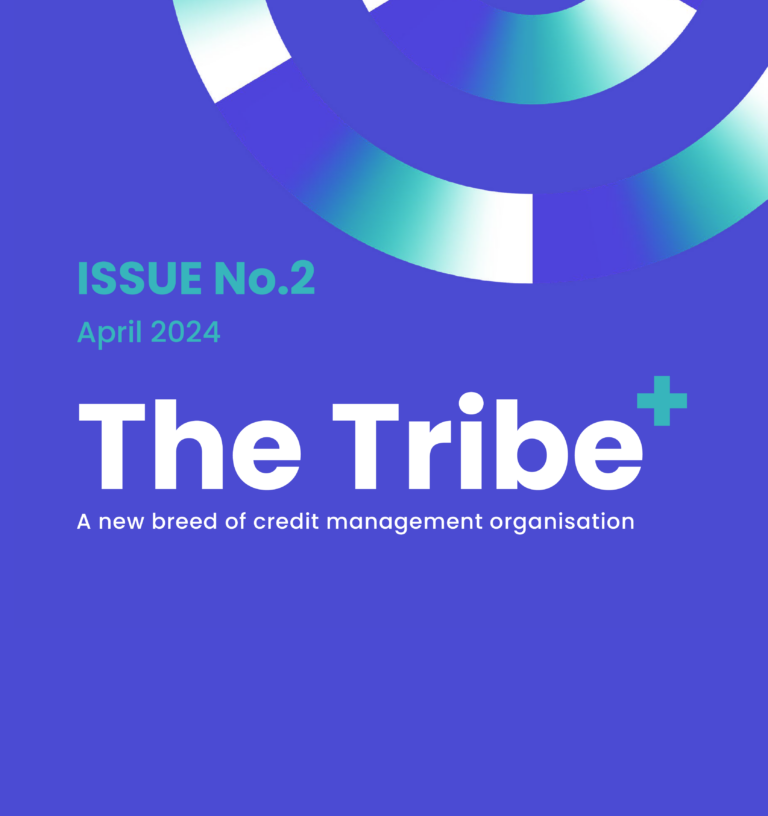3 Key Automation Strategies You Should Consider to Mitigate Fraud Risk in Your Accounts Receivables
As a business, it is important to be aware of the fact that financial fraud is real and occurs more often than you may expect.
This is why every company must have steps in place to help reduce the risk of falling victim to financial problems. If you take time to implement fraud-reducing practices within your business or organisation, you can significantly reduce the risk of falling victim to accounts payable fraud.
Here is a definition and 6 tips for preventing and detecting this type of fraudulent activity.
What is accounts payable fraud?
Accounts payable fraud is a form of embezzlement where the perpetrator will use your company’s accounts payable system to steal real money.
The person carrying out the fraud could be anyone from an employee or vendor who will use the company’s accounts payable system to create fake invoices and payments to cover their tracks.

Common methods of accounts payable fraud
There are several ways that a fraudster could attempt to carry out fraud against your business but here are a few of the most common ones:
• Creating false invoices with fake account numbers (also known as ghosting) which makes it look like your business has executed the payments
• Changing the date of an invoice after it has been approved
• Using credit cards without authorization
Whilst these methods are all different, each could be detrimental to your business and lead to a large money loss which is why it is important that you are aware of these issues and prevent them from happening.
What is accounts payable fraud prevention?
The prevention of accounts payable fraud involves managing the payments that are coming out of your business to ensure that fraudulent activity is not taking place.
If your company does not already have accounts payable fraud prevention techniques on hand, here are a few things you can do to detect and prevent fraud within your organisation.
1. Make sure employees know the billing procedures
Business owners should ensure employees are familiar with billing procedures and can identify red flags, having them involved in payment processes can help them identify fraudulent activities.
2. Use two-factor authentication
Two-factor authentication is essential for business safety, requiring users to enter a code sent to their phone before logging in. This adds an extra layer of security, preventing unauthorized access to accounts unless the device sends the code.
3. Perform annual account reconciliations
A good way to protect yourself against fraud is by performing annual account reconciliations. This means reviewing past invoices to check that they were paid and checking that the amount of money paid matches the amount of money you should have received.
You can also look for discrepancies between what was paid and what was expected, however, invoicing procedures differ from business to business so everyone must be familiar with the set-up unique to your company.
Make sure that all employees understand how things work so that there isn’t any misunderstanding later on about where the money went and why some transactions are unusual.
4. Scan vendor documents for discrepancies
To prevent fraudulent activity, verify the accuracy of each invoice entered into your business by scanning documents, verifying the invoice number, date, amount, and vendor’s name, and ensuring all information matches the vendor’s system.
5. Implement a formal policy for approving or rejecting the invoice
To ensure business efficiency, a formal policy for employees to follow when checking invoices can prevent fraudulent activity. Create a checklist for approving and rejecting invoices, including requesting the original purchase receipt and confirming required documentation. This ensures everyone is on the same page, preventing financial fraud and preventing money loss.
6. Carry out a surprise audit of invoices
Surprise audits are a great way to manage fraud and train employees. They involve examining a random sample of transactions and involving the team in the process. This helps employees follow a checklist and achieve a thorough check to prevent fraudulent activity.
APAQ
The Quality Program from the APA is a comprehensive and industry recognised review and assessment of your AP team. We cover across 6 core areas: People, Processes, Structure, Technology, Sustainability and Contingency / Resilience, giving you a complete strategic overview with ongoing development recommendation and support to ensure your AP team operates in line with the best in the world. The Q Award status last for two years from award and allows our APAQ awardees to display the ‘Golden Q’ for their AP teams accreditation. If you would like to know more about the APAQ program and discover how you can achieve industry best practice within your AP team please navigate to: https://apaq.ap-association.com/courses/the-q-programme












